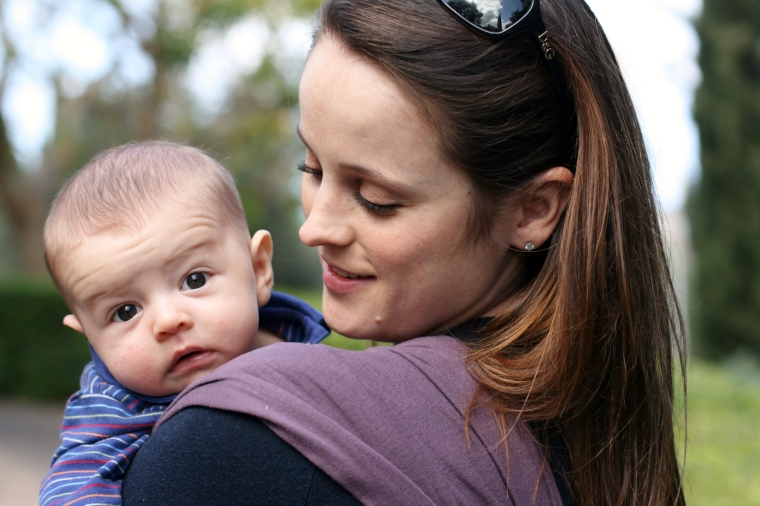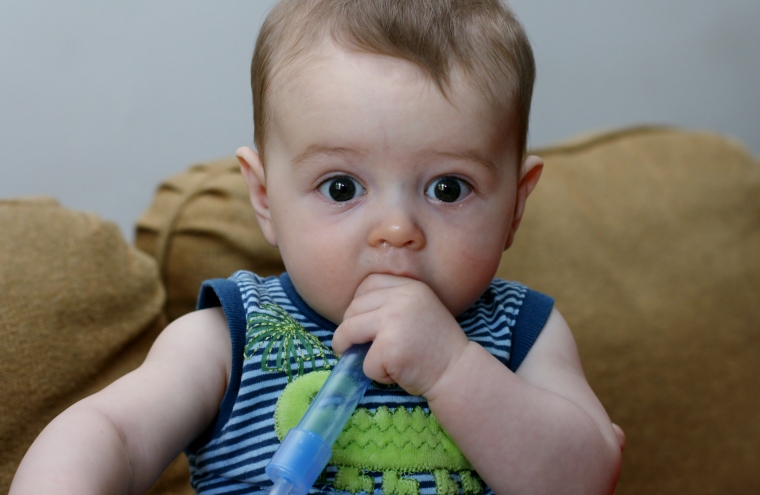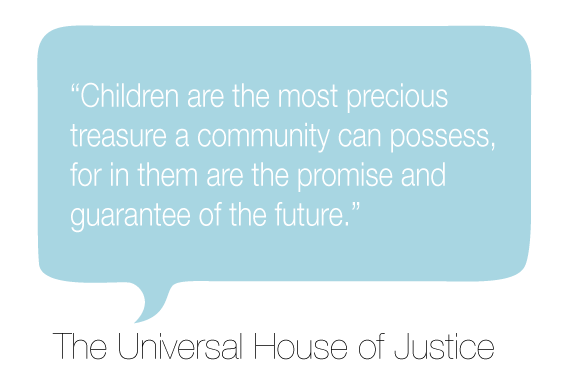Well, in my experience some of this advice was spot on (I rarely wear anything nicer than yoga pants when I’m at home) but some of it missed the mark entirely (I have yet to be peed on, let alone in the eye). There are however several lesser talked about things that can happen and I thought it might be nice to give everyone a heads up.
1. Constipation – I’ve heard horror stories about the first postpartum bowl movement being almost worse than childbirth itself, but luckily I didn’t have a problem with it. In fact I even stopped taking the stool softener that the hospital gave me because I felt that I didn’t need it. Well, the joke was on me. A few weeks after Asher was born the constipation set it. In my case, this delay may have been due to the delay in my milk coming in. You need to drink A LOT of water to support breastfeeding and to not have it affect the rest of your bodily functions. If you aren’t drinking enough then your body may pull liquid from anywhere it can to ensure that you have enough milk for your babe, which can result in some rather hostile bowl movements. I recommend, drinking LOTS of water. I try to chug a 20 oz bottle every time I nurse. I find that chugging ensures that I get it all in, because it’s easy to get side tracked when I take small sips. Stay on your stool softener, eat lots of fiber and go for plenty of walks.
2. Dehydration – I have never been a great water drinker mainly because I find it inconvenient to have to pee all the time. Prior to becoming pregnant I would often go without drinking much of anything for a whole day only to find myself parched right before bed, so I’d chug a couple glasses, which would invariably result in me needing to get up to pee in the middle of the night. When I became pregnant, I knew I had to be more disciplined about getting enough to drink so I began carrying a water bottle around with me at all times. Having a bottle handy really helped remind me to stay hydrated and the fact that I was peeing all the time didn’t really bother me because I considered it par for the course with pregnancy. If I thought being pregnant meant that I knew what it was like to be thirsty all the time then I really had no idea what I was in for. After Asher was born the thirst took on a whole knew level. I was literally guzzling as much water as I could and no matter how much I drank I still had an insatiable thirst for more. It felt like I was shriveling up from the inside out. Nothing I did helped. Luckily after several weeks it leveled off and I was able to cut back to just drinking a ridiculous amount instead of an insane amount. If I ever slack on my liquid intake I get splitting dehydration headaches by the time the evening rolls around. No fun. There is a silver lining however. I rarely need to pee! It’s kind of like a really weird parlor trick. I can drink liters and liters of water and barely have to go to the bathroom at all, how cool is that?!
3. Hairloss – Due to the higher amounts of estrogen during pregnancy most women experience a drastic decrease in the the amount of hair that they shed. (1) I have a lot of hair, but it is super fine and dead straight, so when I became pregnant I was so excited about the effect it would have on my hair. I was amazed by how plentiful and lush my hair was. I would maybe shed 2-3 hairs a day. Now I knew that this was only temporary and that once Asher was born I would eventually start shedding again. What I didn’t know is that my hair would begin falling out in clumps and that I would develop a receding hairline. At around 4 months postpartum my hair started shedding at an alarming rate. Nearly every time I showered I would get a ping pong sized hair ball. Not so tiny tumble weeds consisting of hair and dust bunnies started popping up everywhere. I once even found Asher clutching a clump of my hair in his fist, which he was attempting to stick in his mouth. One day I looked in the mirror and noticed that my hair line was receding. I asked Raf if he noticed and he said that my hair line was always like that, but I wasn’t convinced so I broke out the photo albums and did a side by side comparison. I have included a few pictures below.
Asher and I at 2.5 months postpartum:
Asher and I at 4.5 months postpartum:
Do you see the difference? No? Were you too distracted by the cute baby? Oh, well allow me to give you a closer view:
 The drop off in the levels of estrogen after childbirth are to blame for the hair loss. Luckily, this too is just temporary and the vast majority of women who experience this have their hair return to it’s pre-pregnancy volume by a year. (1) So here’s hoping. In the meantime I have taken to french braiding my hair a lot in an attempt to keep the tumble weeds at bay.
The drop off in the levels of estrogen after childbirth are to blame for the hair loss. Luckily, this too is just temporary and the vast majority of women who experience this have their hair return to it’s pre-pregnancy volume by a year. (1) So here’s hoping. In the meantime I have taken to french braiding my hair a lot in an attempt to keep the tumble weeds at bay.
1. Belgravia Centre. (2012, May 28). Postpartum Hair Loss Causes and Solutions. Retrieved May 6, 2013, from The Belgravia Centre: http://www.belgraviacentre.com/blog/postpartum-hair-loss/











